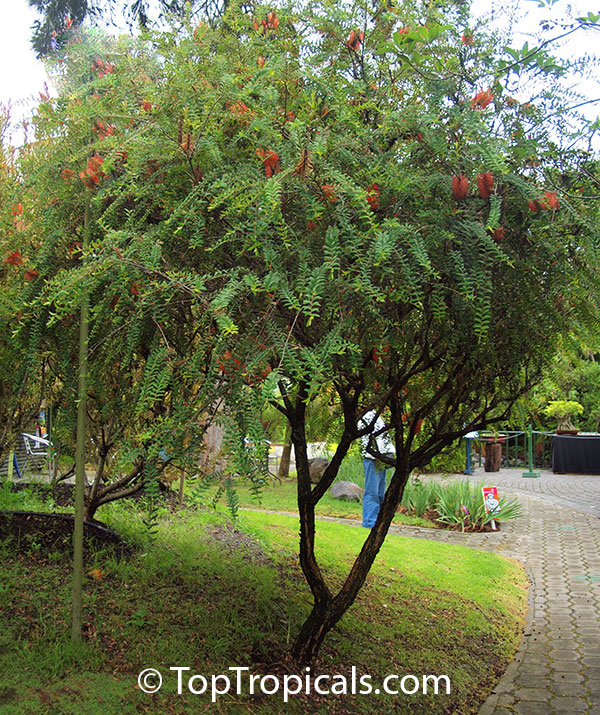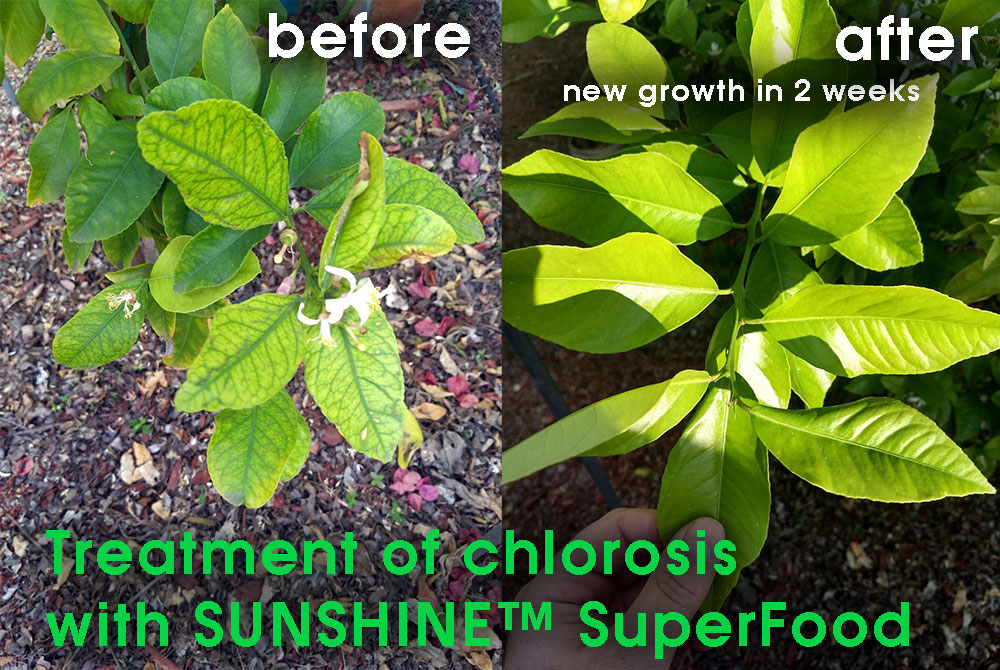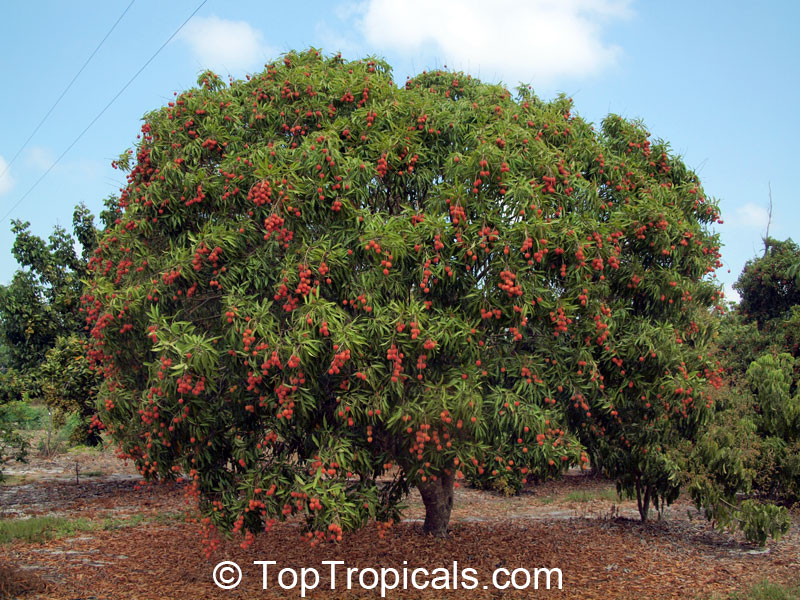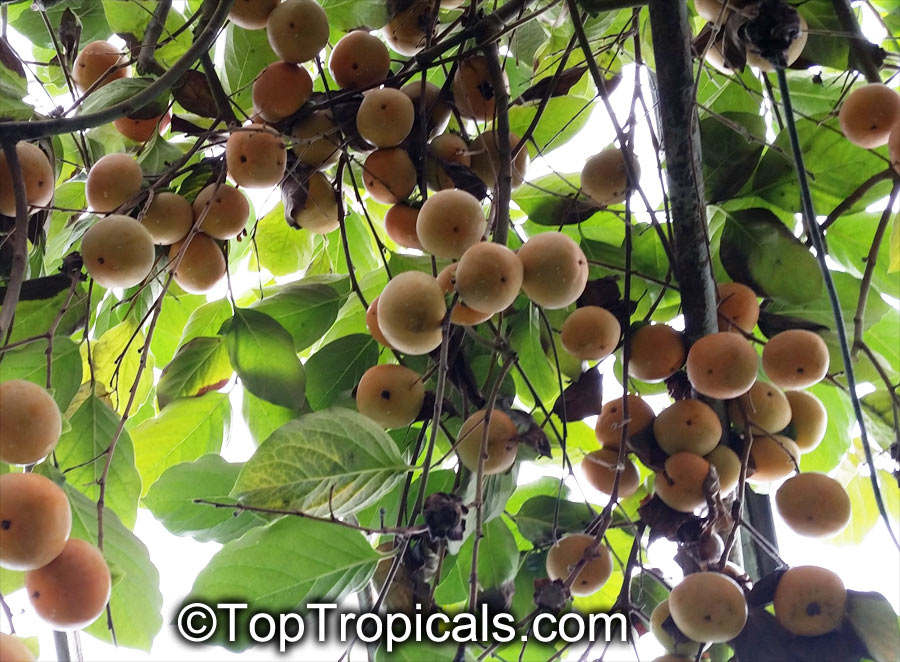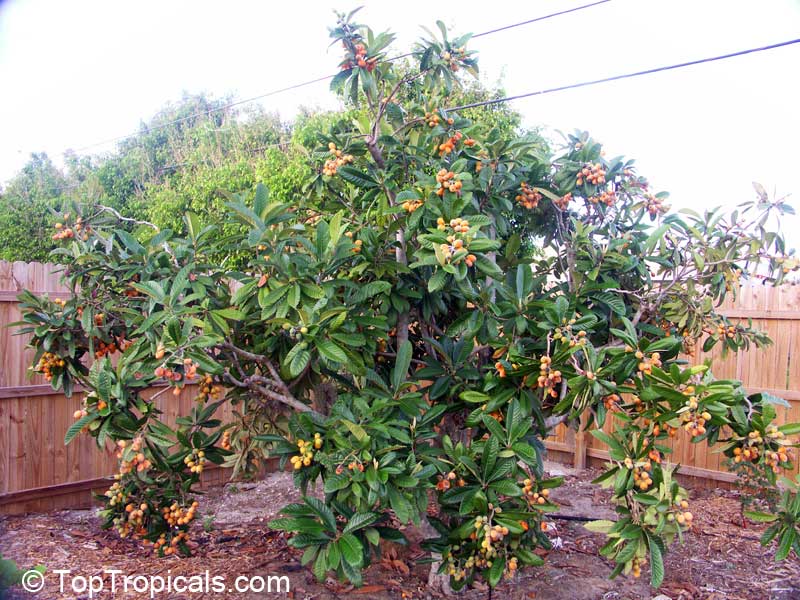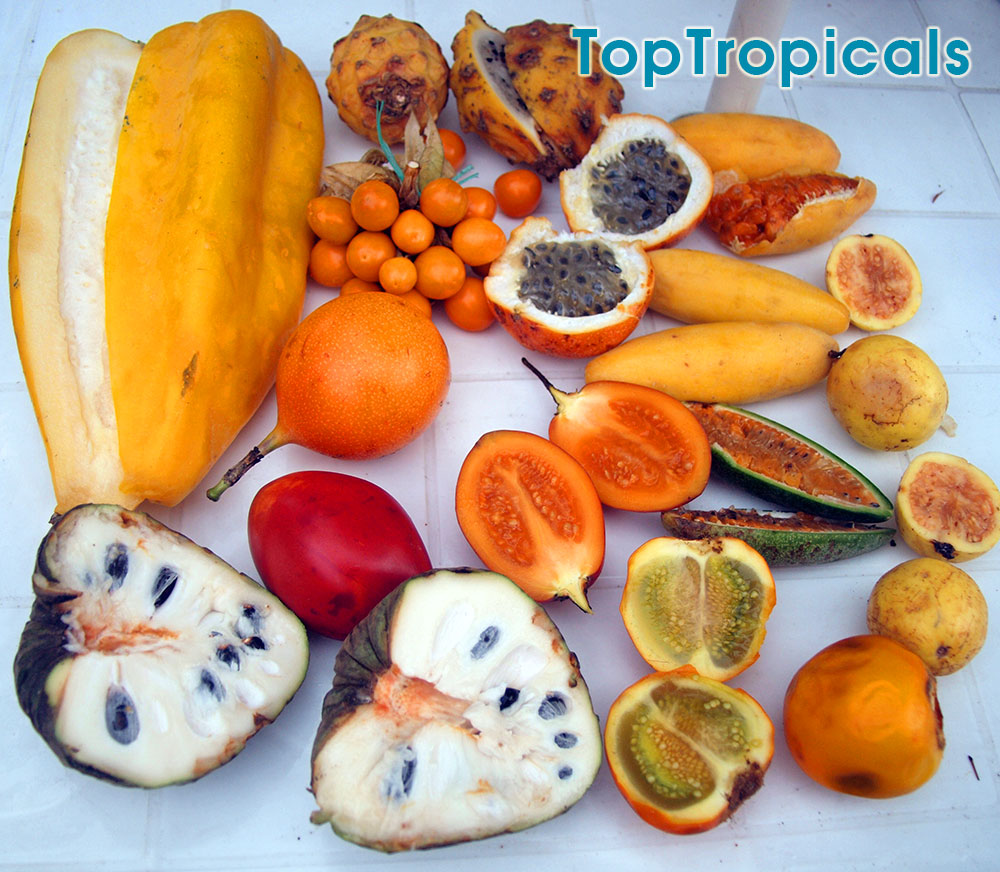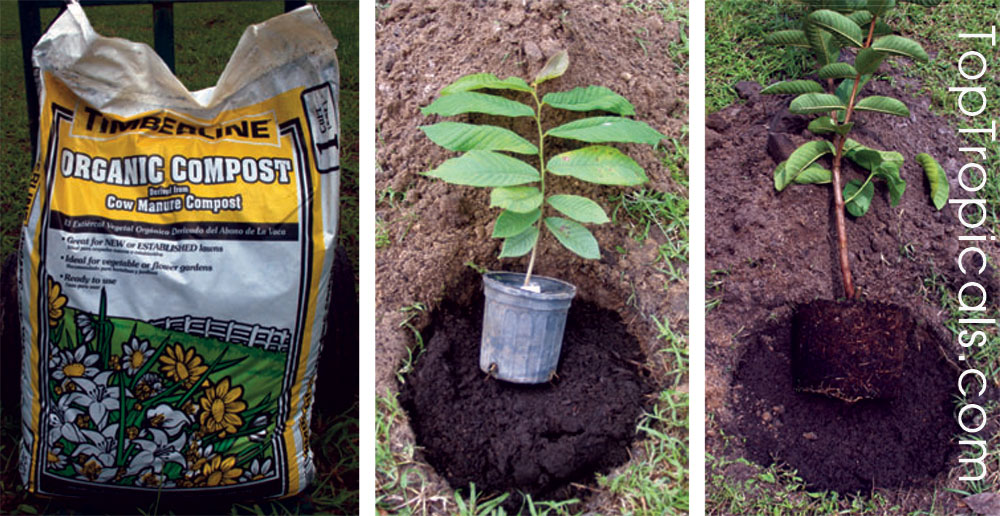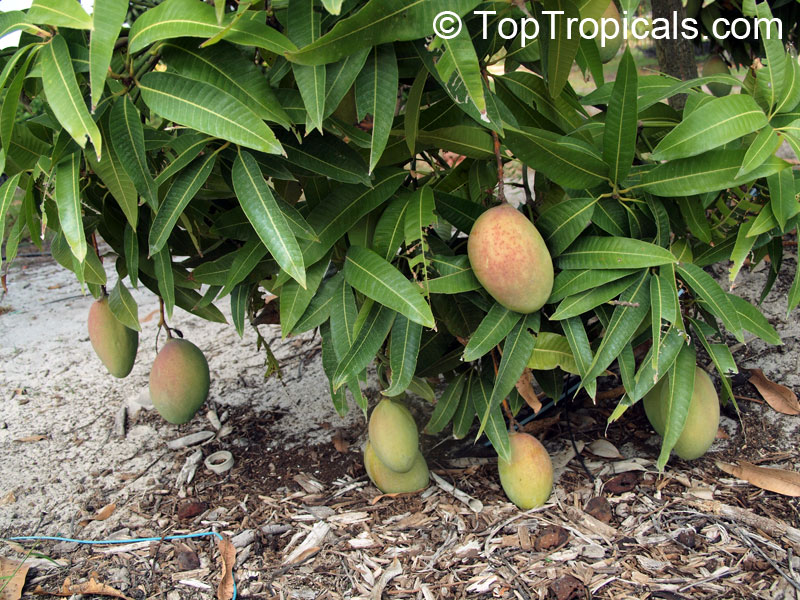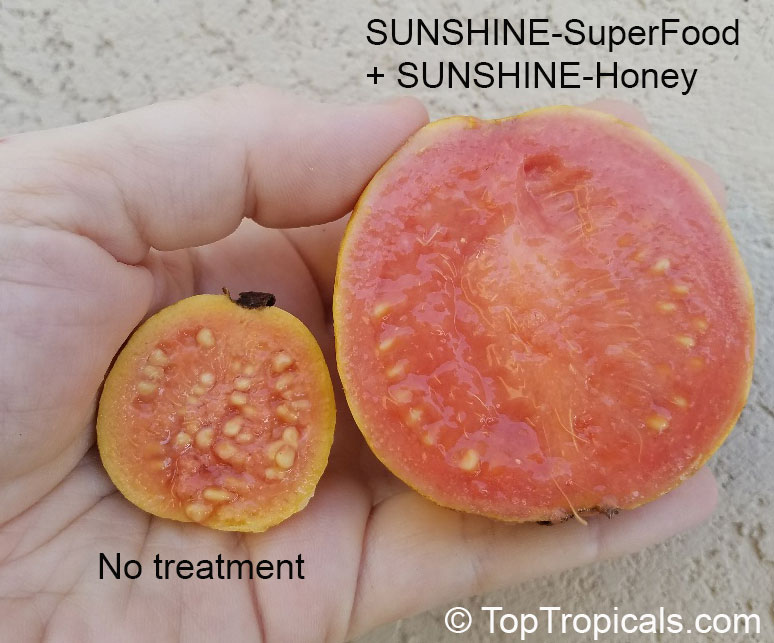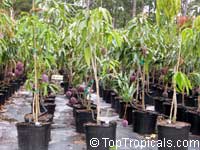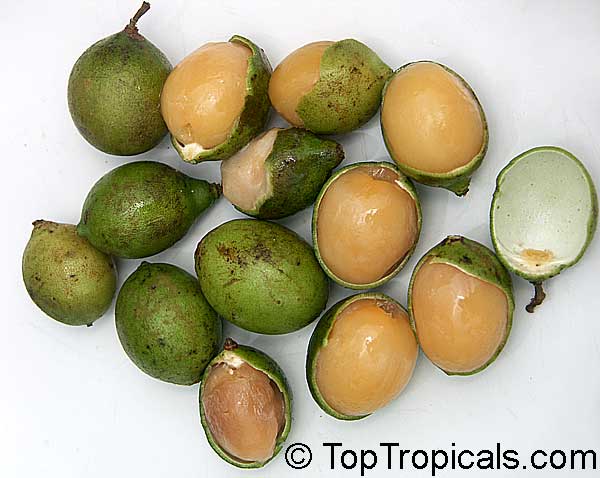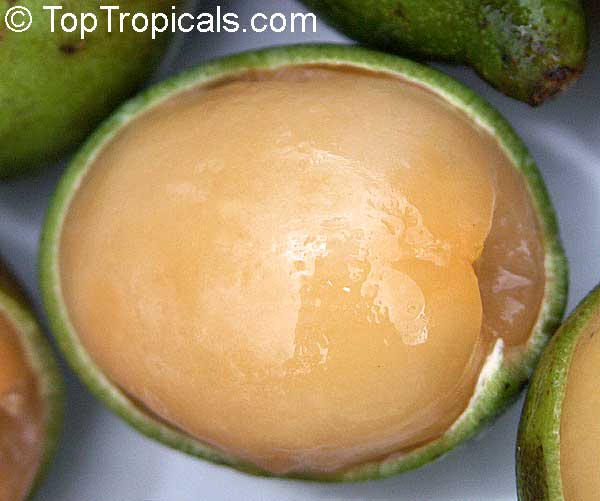Fast-fruiting trees
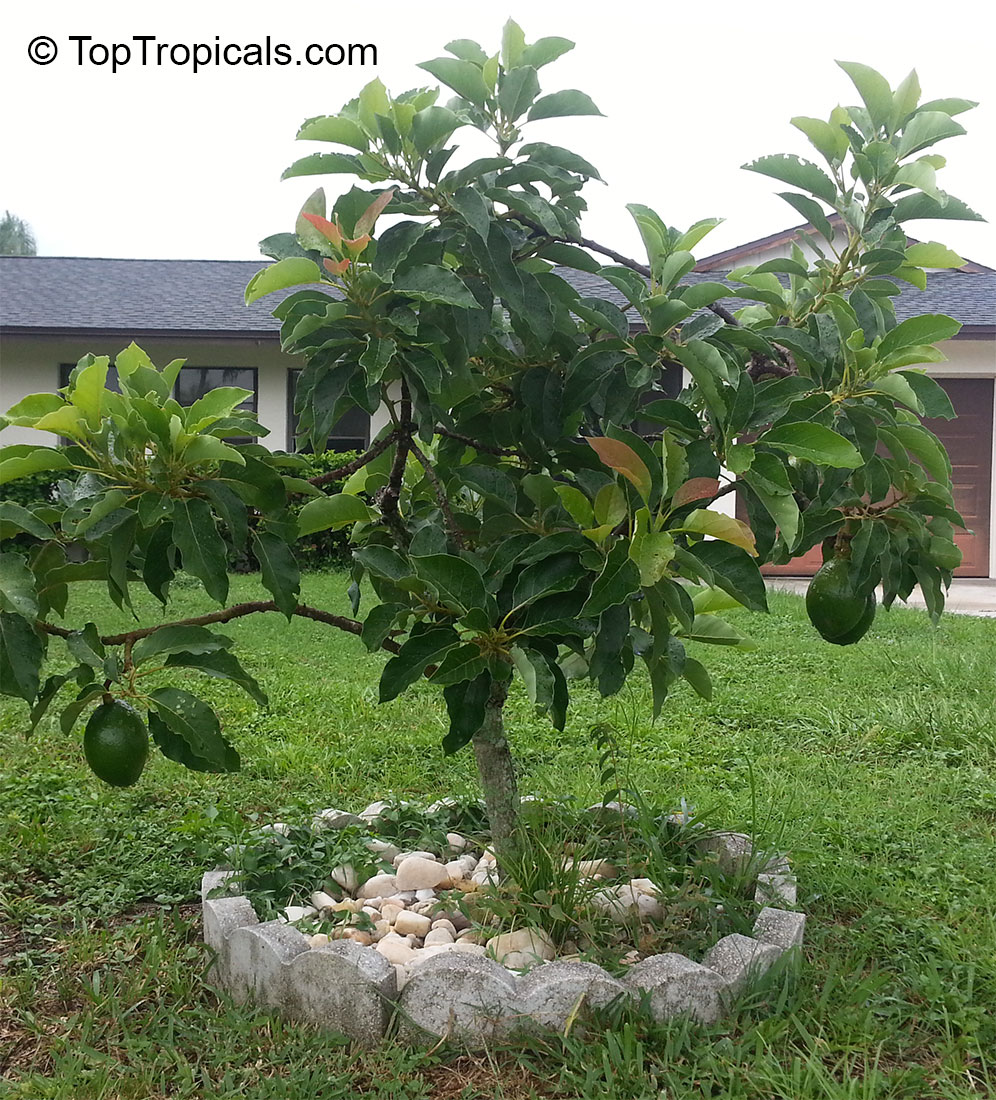
Grafted trees, including Mango and Avocado, will start flowering and fruiting right away
Q: It would be easier for us buyers, if we could search for
plants that produce fruit in 2 years or less... I don't have the patience to wait
longer than that for fruit. I'm trying to buy for a fairly good sized garden
but want some fast growers and fruit produced in 2 yrs. Can you help me
out?
A: Fruiting time depends on many factors (growing conditions,
fertilizing, and even specific variety), this is why we can not just put a
simple icon "will fruit within 2 years".
However, most grafted and air-layered fruit trees, including all Mango, Avocado, Loquat, Sapote, Sapodilla, Longan, Peaches and Nectarines - will fruit right away.
If you see in our store "grafted" or "air-layered" in plant description
- these trees will fruit soon. Some of them are already flowering and
fruiting!
Some non-grafted trees will fruit within a couple of years or even
sooner (those from cuttings, root division or even seedlings) - such as: Annona, Artocarpus (Jackfruit), Eugenia, Guava, Banana, Dragon fruit, Mulberry, Blackberry/Raspberry. Banana, Mulberry, Dragon fruit,
Blackberry-Raspberry - usually fruit within a year. You may refer to our store directory page for fruit specials.
Also, all spice trees like Bay Leaf, Bay Rum, Allspice and many more - will produce spice for you right
away, so you don't need to wait at all!

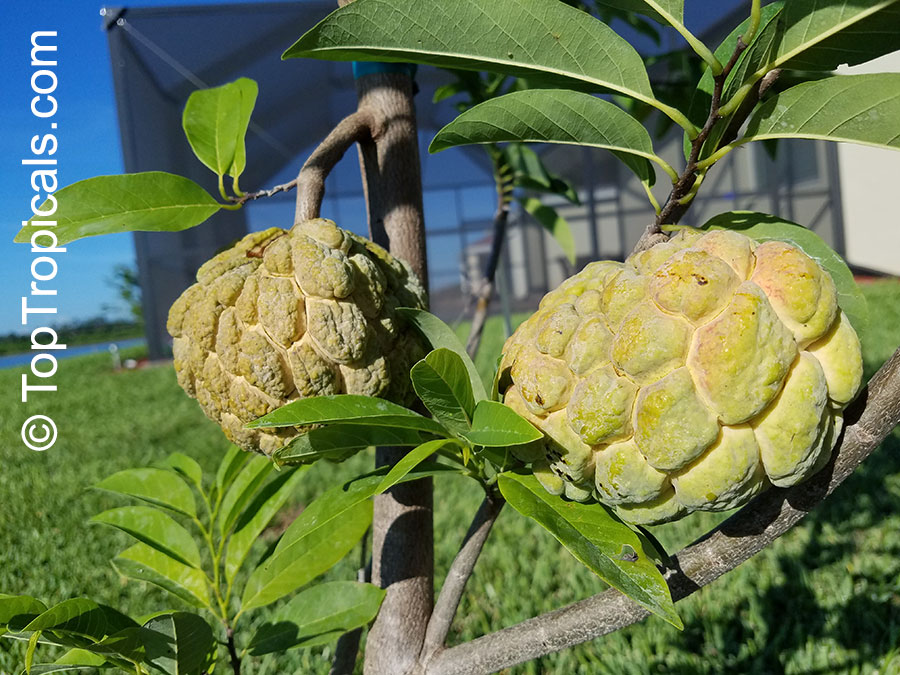
Annonas start fruiting within 3 years from seed and are the most
popular fruit trees for both container culture and small gardens.
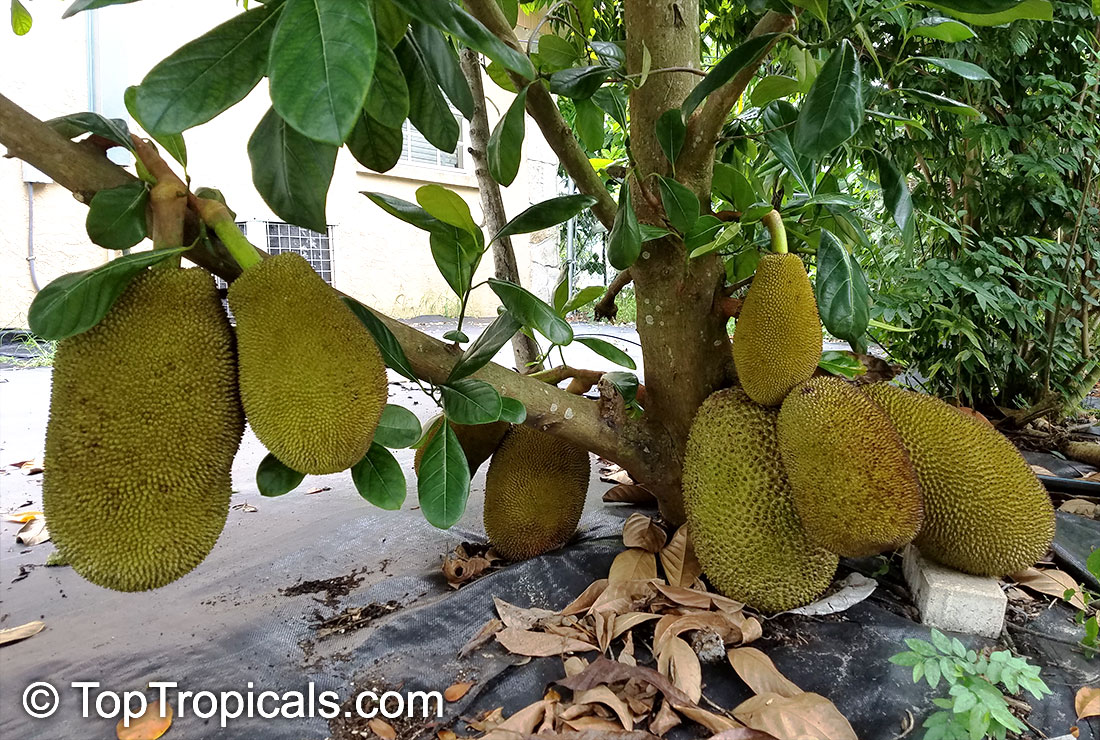
This Jackfruit started fruiting on the second year after planting in the
ground.
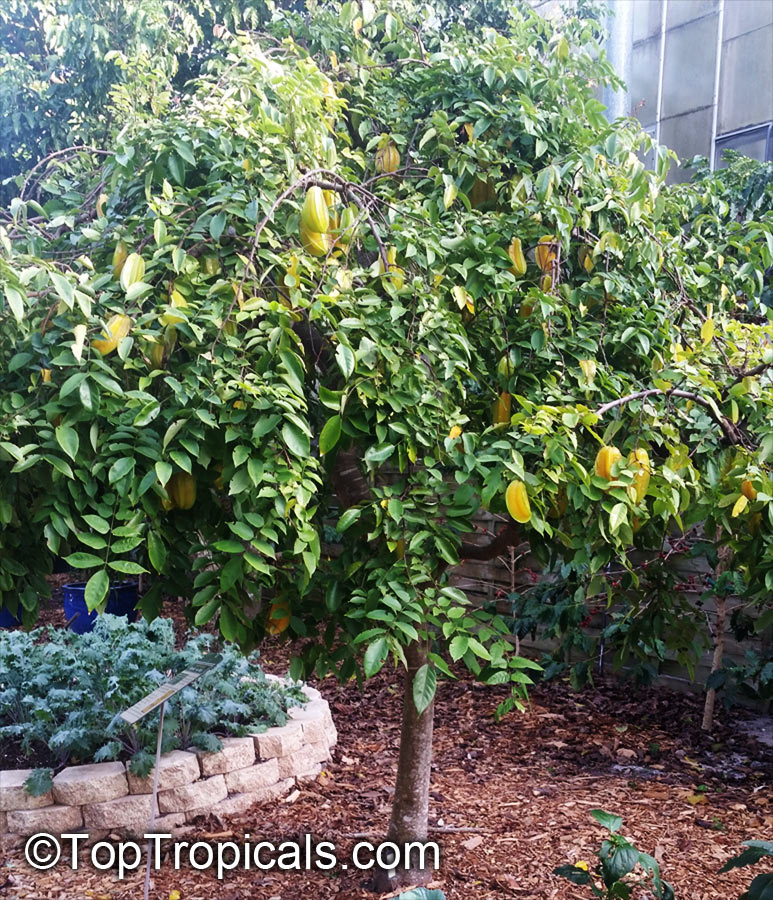
Carambola - Start Fruit - will start producing fruit the same year or
next year. We have them fruiting in pots, sometimes as small as 1 gal pots!
